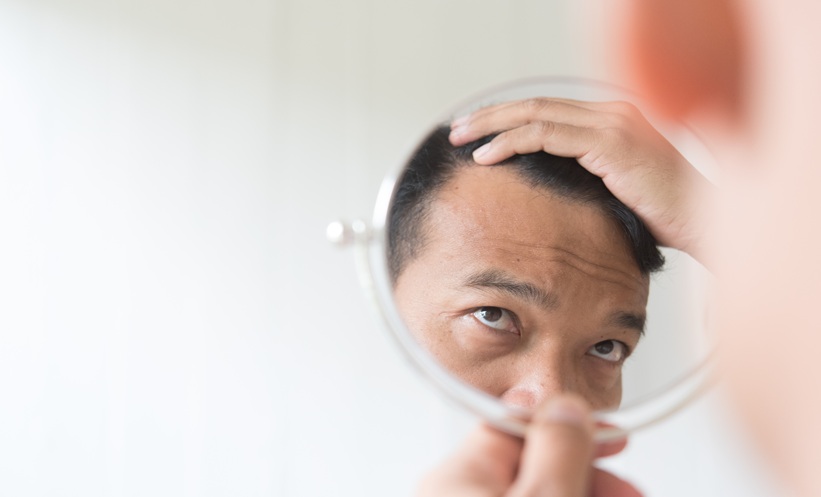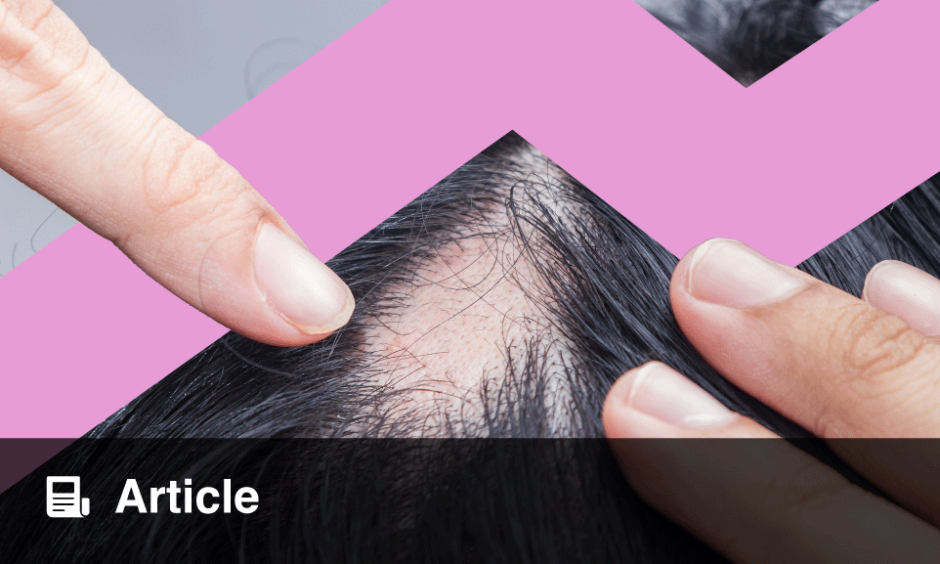SCALP micropigmentation (SMP) demonstrated effective and safe cosmetic improvement for patients with localized alopecia, according to a technical analysis and case series. The findings highlight SMP as a minimally invasive option with sustained outcomes and strong patient satisfaction.
The study included six patients with androgenetic alopecia and four with scarring alopecia. All underwent a standardized three-session SMP protocol that incorporated several technical refinements. These included zone-specific needle selection, hierarchical pigment deposition to match follicular density, and randomized distribution to avoid unnatural uniformity. Pigment density was gradually increased across sessions, while strict adherence to a zero-bleeding protocol ensured optimal depth control in the epidermal and upper dermal layers.
Clinical outcomes were measured using the visual density score (VDS, 0–10) and patient satisfaction score (PSS, 0–3). Immediately after treatment, the mean VDS was 8.7, with androgenetic alopecia cases scoring higher than scarring alopecia. At 6-month follow-up, modest pigment fading occurred, particularly in scarring alopecia patients. Despite this decline, satisfaction remained high, with an average PSS of 2.7 and nearly 86% of patients with androgenetic alopecia reporting they were “very satisfied.” Importantly, no adverse events were observed across the cohort.
A strong correlation was noted between clinical appearance and patient-reported satisfaction, underscoring the cosmetic value of SMP. The authors emphasize that careful attention to technical parameters such as needle choice, pigment layering, and spacing is crucial to optimizing long-term results.
These findings position SMP as a safe, minimally invasive, and cosmetically effective solution for localized alopecia. The authors note that further research in larger and more diverse populations is needed to assess long-term pigment retention and refine best practices for different alopecia subtypes.
Reference:
Liu Q et al. Scalp Micropigmentation Is an Effective Treatment for Localized Alopecia: Technical Analysis and a Series of Ten Case Reports. J Cosmet Dermatol. 2025;24(9):e70375.







